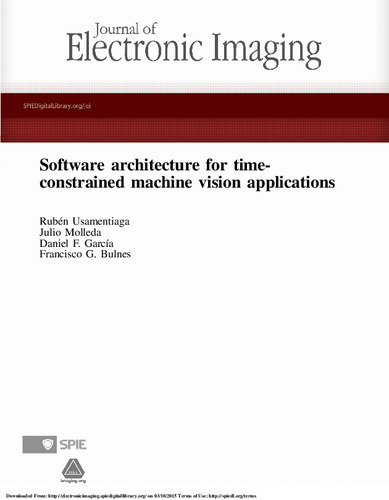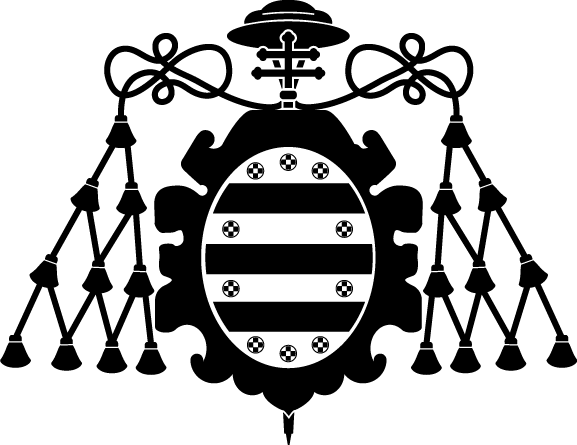Software architecture for time-constrained machine vision applications
Fecha de publicación:
Editorial:
SPIE (Society of Photo-optical Instrumentation Engineers)
Versión del editor:
Citación:
Resumen:
Real-time image and video processing applications require skilled architects, and recent trends in the hardware platform make the design and implementation of these applications increasingly complex. Many frameworks and libraries have been proposed or commercialized to simplify the design and tuning of real-time image processing applications. However, they tend to lack flexibility, because they are normally oriented toward particular types of applications, or they impose specific data processing models such as the pipeline. Other issues include large memory footprints, difficulty for reuse, and inefficient execution on multicore processors. We present a novel software architecture for time-constrained machine vision applications that addresses these issues. The architecture is divided into three layers. The platform abstraction layer provides a high-level application programming interface for the rest of the architecture. The messaging layer provides a message-passing interface based on a dynamic publish/subscribe pattern. A topic-based filtering in which messages are published to topics is used to route the messages from the publishers to the subscribers interested in a particular type of message. The application layer provides a repository for reusable application modules designed for machine vision applications. These modules, which include acquisition, visualization, communication, user interface, and data processing, take advantage of the power of well-known libraries such as OpenCV, Intel IPP, or CUDA. Finally, the proposed architecture is applied to a real machine vision application: a jam detector for steel pickling lines
Real-time image and video processing applications require skilled architects, and recent trends in the hardware platform make the design and implementation of these applications increasingly complex. Many frameworks and libraries have been proposed or commercialized to simplify the design and tuning of real-time image processing applications. However, they tend to lack flexibility, because they are normally oriented toward particular types of applications, or they impose specific data processing models such as the pipeline. Other issues include large memory footprints, difficulty for reuse, and inefficient execution on multicore processors. We present a novel software architecture for time-constrained machine vision applications that addresses these issues. The architecture is divided into three layers. The platform abstraction layer provides a high-level application programming interface for the rest of the architecture. The messaging layer provides a message-passing interface based on a dynamic publish/subscribe pattern. A topic-based filtering in which messages are published to topics is used to route the messages from the publishers to the subscribers interested in a particular type of message. The application layer provides a repository for reusable application modules designed for machine vision applications. These modules, which include acquisition, visualization, communication, user interface, and data processing, take advantage of the power of well-known libraries such as OpenCV, Intel IPP, or CUDA. Finally, the proposed architecture is applied to a real machine vision application: a jam detector for steel pickling lines
ISSN:
Identificador local:
20130123
Patrocinado por:
This work was partially supported by the Asturian Regional Ministry of Education and Science under Project No. PC10-03
Colecciones
- Artículos [37541]
- Informática [875]
- Investigaciones y Documentos OpenAIRE [8416]
Ficheros en el ítem





